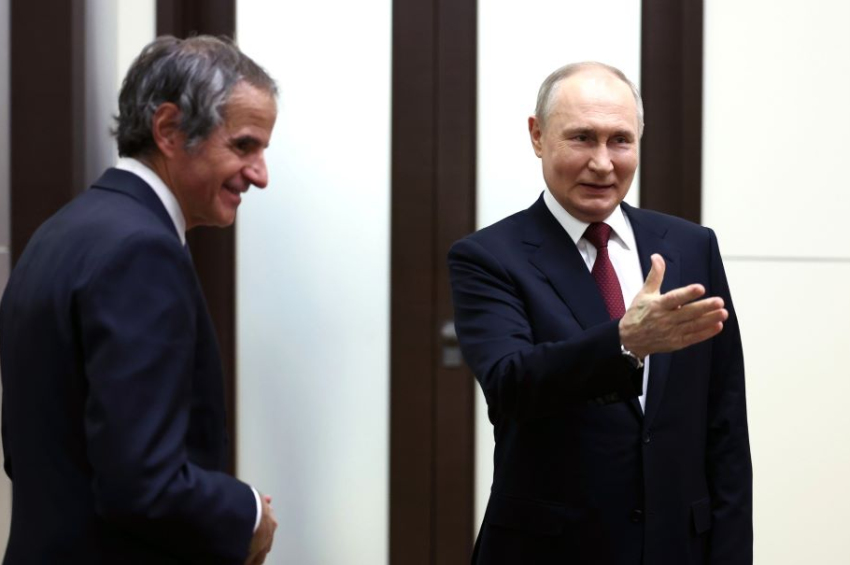In 1940-41, the Soviet Union was preparing to attack Nazi Germany. The Germans struck first
On 22 June 1941 – or 81 years ago - Adolf Hitler's Germany attacked the Soviet Union, ruled by another tyrant, Joseph Stalin. The blow was so powerful that the aggressors advanced hundreds of kilometers in the first days, and the defenders only recovered near Moscow several months later.
Soviet historians claim that the invasion was a surprise and that the country was not prepared for defense. The first part of this statement is false, the second may be true.
This is because the Soviet troops were actually preparing to invade the territories occupied by the Germans. The one who intends to attack does not think about defense.
Territorial appetizers
Between the World War I and the advent of the first intercontinental missiles, the art of war was heavily based on the security concept that victory in a large-scale armed conflict is more likely if you have a large buffer territory. This creed made Adolf Hitler and Joseph Stalin reach an agreement regarding the division of Europe into zones of influence, or occupation in other words.
The first reason is that the newly-annexed regions provide additional resources for the war machine – including cannon fodder, food, and defense infrastructure. Another argument would be that the distance from the border to the capital matters, because the fall of the capital destroys the morale of the troops and is humiliating for the country's leadership. Also, in the case of retreat, there is the possibility of erecting several lines of defense deep into the territory, slowing down the enemy's advance and mobilizing new forces in the meantime.

Map of Europe in 1940. Picture: Wikicommons
These would be, relying on the concept of security based on territorial control, the reasons why Hitler and Stalin rushed to capture the small states of Central and Eastern Europe. Thus, Germany occupied Austria, Czechia, Belgium, Denmark, Holland, Norway, France. In turn, the USSR occupied Estonia, Latvia, Lithuania, eastern Romania, and part of Finland.
The two beneficiaries of the Molotov-Ribbentrop Pact also conducted a joint military campaign against Poland, each taking half of that country.
The documents published by the archives in Kiev and partly by those in Moscow show that the countries caught between Germany and the USSR served, in fact, only as an appetizer for what was to follow. Although the plans contained different formulations: the Fuhrer dreamed of seeing the Third Reich, and the "father of nations" wanted to bring Europeans into communism. Both dictators, however, had the same ultimate goal - absolute domination in Europe, and the major obstacles to this goal were the same two powers: Germany - for Stalin, and the Soviet Union - for Hitler.
Strike first, strike hard
For the record – although it was attacked on 22 June 1941, the Soviet Union entered WWII much earlier and was by no means a peaceful state.
On 1 September 1939, Hitler invaded Poland, and on 17 September Stalin stuck his bayonet in the back of the Poles advancing from the east, under the pretext of liberating the Western Slavs. The Wehrmacht and the Red Army held a joint military parade in the occupied city of Brest on the occasion of their victory over the neighbor.

A joint Soviet-Nazi parade in Brest, Poland in 1940. Picture: German military archives
In April 1940, Hitler attacks Denmark and Norway, and in May German armies enter Belgium, the Netherlands, Luxembourg, and France.
Meanwhile, in November 1939, Stalin ordered the attack on Finland. In June 1940, the USSR occupied Estonia, Latvia, and Lithuania, and forced Romania to cede half of the old principality of Moldova.
Thus, the USSR entered the war as an aggressor state, just like Germany, and the fact that one of them later turned their arms against the other does not mean that the attacked side ceased to be an aggressor.







